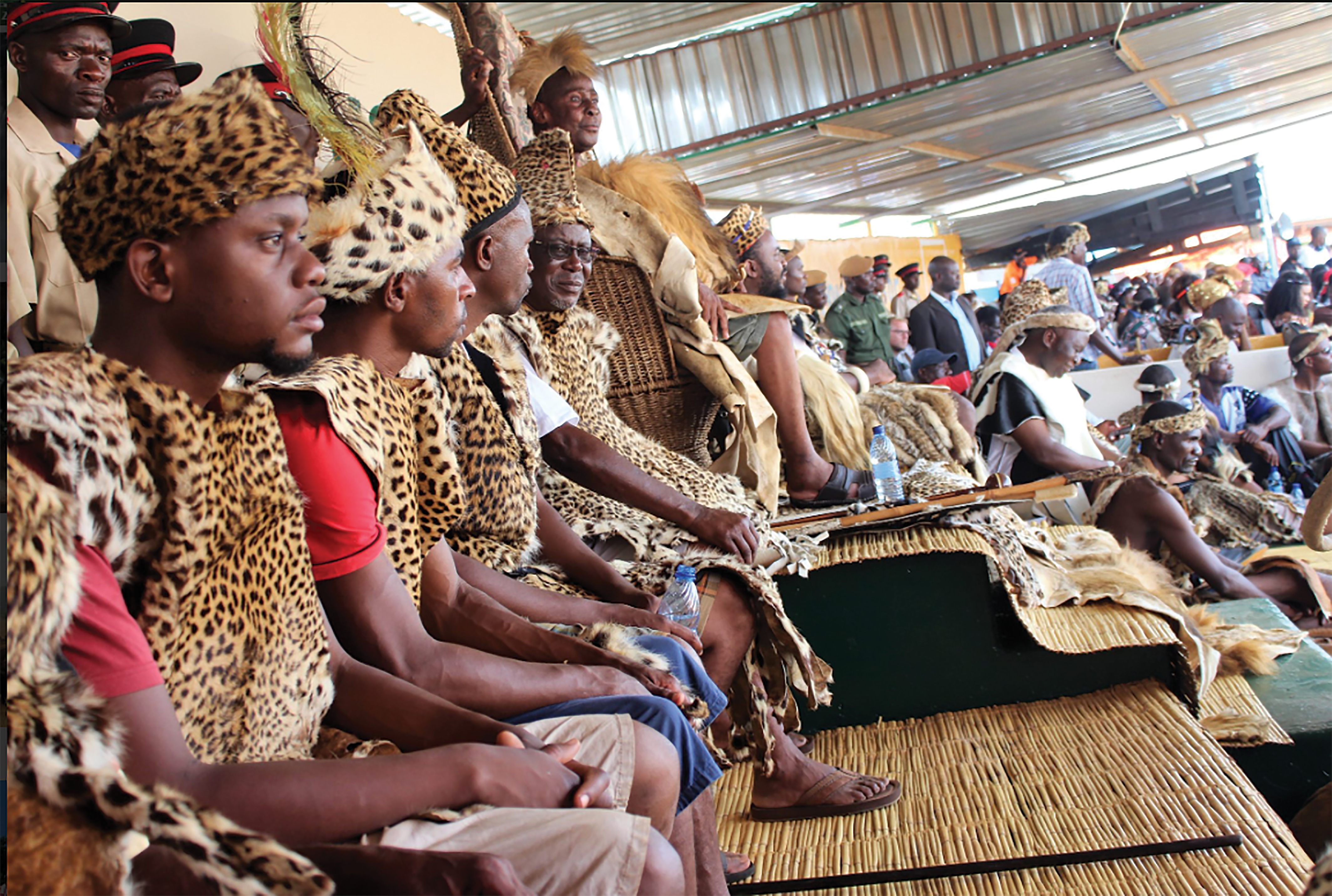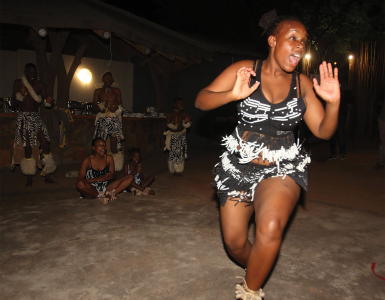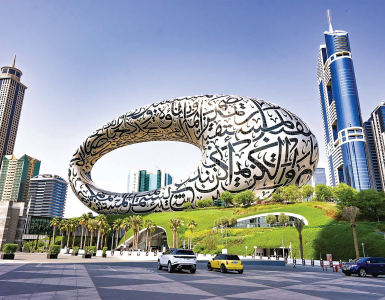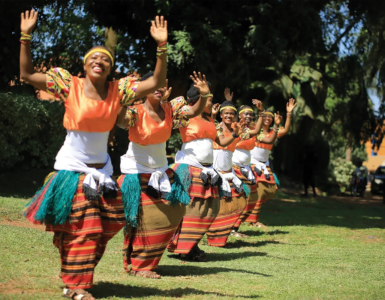Bilaterals: From the magnificent Victoria Falls to wildlife game parks, bountiful sight-seeing wonders await tourists to the country…
By Victor Mecoamere
While tourism remains the top economic development pillar for Zambia, it is through vibrant bilateral trade relations that the country seeks to improve the lot of its people, says its High Commissioner to Kenya, Seychelles, South Sudan and Eritrea, Joyce Kampampa Kasosa.
 Kasosa, who is based in Kenya, highlighted the positive spin-offs that have emanated from the bilateral economic exchanges between Zambia and her neighbours, especially Kenya, during an interview with entrepreneur and broadcaster Fabian “The Don” Mutinda on his online television platform, Fabz TV.
Kasosa, who is based in Kenya, highlighted the positive spin-offs that have emanated from the bilateral economic exchanges between Zambia and her neighbours, especially Kenya, during an interview with entrepreneur and broadcaster Fabian “The Don” Mutinda on his online television platform, Fabz TV.
For Kasosa, her commission of serving as a bridge for continued cordial political, economic and cultural relations between Zambia and Kenya is being made easiest by the strong bond between two countries, enhanced by visa free travel across the two countries, as well as several other countries in the region.
Notably, Zambia’s neighbours are the Democratic Republic of the Congo and Tanzania, to the north and north-east; Malawi and Mozambique, to the east and south-east; Zimbabwe and Botswana, to the south; and Namibia and Angola, to the west.
Kasosa said the visa-free travel arrangement for Zambian and Kenyan citizens “is very key,” adding “it has worked very well in terms of tourism”, resulting in “high traffic” of both tourists and businesspeople moving seamlessly by rail, road or air between the two countries, thus promoting healthy bilateral trading between the two nations.
Kasosa said tourism remains Zambia’s top economic pillar, with the setting its sights on promoting vibrant bilateral trade relations to the benefit of its people. Seven Memoranda of Understanding (MOUs) had been signed between Zambia and Kenya, three linked to tourism. And both Zambia’s president Hakainde Hichilema and Kenya’s William Ruto were playing active implementation roles, together with the countries’ tourism ministers, Alfred Mutua of Kenya and Zambia’s Rodney Sikumba and their functional underlings.
 High on the list of Zambia’s top tourist attractions are the famous Victoria Falls, one of the Seven Wonders of the World. There were also 17 other similarly breath-taking falls across Zambia, as well as 20 national parks, 20 game management areas, including the Kasia National Park, which is the second largest park in Africa, most of which inhabited by the Big Five – Leopard, Lion, Elephant, African Buffalo and Rhinoceros – roaming freely.
High on the list of Zambia’s top tourist attractions are the famous Victoria Falls, one of the Seven Wonders of the World. There were also 17 other similarly breath-taking falls across Zambia, as well as 20 national parks, 20 game management areas, including the Kasia National Park, which is the second largest park in Africa, most of which inhabited by the Big Five – Leopard, Lion, Elephant, African Buffalo and Rhinoceros – roaming freely.
Kasosa also highlighted the perennial wonder of the yearly Wildebeest migration, which is Africa’s second biggest mammal migration after the Serengeti-Masai Mara migration, which cuts through Tanzania and Kenya.
Meanwhile,Kasosa points out that Zambia remains a tourism and business magnet since it ranks among the most peaceful countries and nations in Africa, by virtue – among other positive traits – of having held elections through the ballot every five years since 1964, with Hichilema, having respectively succeeded Frederick Chiluba, Levy Mwanawasa, Rupiah Banda, Michael Sata and Edgar Lungu.
In addition, Kasosa said Zambia also prided itself on being blessed with a rich cultural diversity, expressed by 73 tribes living peacefully cheek by jowl, and freely celebrating their customs and traditions, to which tourists are commonly invited to observe and even participate.
“Adventure tourism is popular in Zambia,” Kasosa said. “For instance, at the Victoria Falls, we have the much visited Devil’s Pool and Victoria Falls Bridge from where those who are brave enough are able to have their fun, including bungee jumping, rope crossings or helicopter rides,” Kasosa said, adding that dare devil tourists could also indulge in a newly introduced feature known as “walking with the lions”.
Regarding vibrant bilateral trading relations between Zambia and Kenya – not discounting Zambia’s neighbours encircling the landlocked country and those situated outside the unique circle of nations – Kasosa said, “we are inviting businesspeople involved in hotels, the food industry” to sample the newly introduced commerce-enhancing incentives, such as zero percent import duty charges and corporate tax exemptions.
Of all the economic development enhancement mechanisms and infrastructure, the biggest related capital project is the establishment of the Lobito Corridor and the Zambia-Lobito rail line for the collective benefit of the countries in southern and central Africa, including Zambia and Kenya. The venture seeks to accelerate growth in domestic and cross-border trade along the Lobito Corridor through the implementation of harmonised trade facilitation instruments, strengthening coordination of joint corridor development activities, and fostering effective participation of small and medium enterprises (SMEs) in value chains.
In October, the African Development Bank signed a Memorandum of Understanding (MoU), joining global partners to mobilise resources for the Lobito Corridor and the Zambia-Lobito rail line in southern and central Africa. Other signatories included the United States government, the European Commission, the Africa Finance Corporation (AFC), and the host governments of Zambia, Angola and the Democratic Republic of the Congo (DRC).
The MoU, signed in Brussels, Belgium on October 27, outlines the partners’ intentions to collaborate across multiple sectors to realise the full economic potential of the corridor, building on the Lobito Corridor Transit Transport Facilitation Agency agreement, which was signed by the governments of Zambia, Angola and the Democratic Republic of the Congo in January, entailing the construction of approximately 550 km of rail line in Zambia, from the Jimbe border to Chingola in the Zambian copper belt, and the 260 km of main feeder roads within the corridor encompassing the three countries.
The Corridor offered a shorter, and hence faster access for exports to and imports from Europe. In particular, the Benguela Railway especially provided a cheap transportation route for the copper, cobalt and manganese mined in the three countries of Angola, DRC and Zambia.






